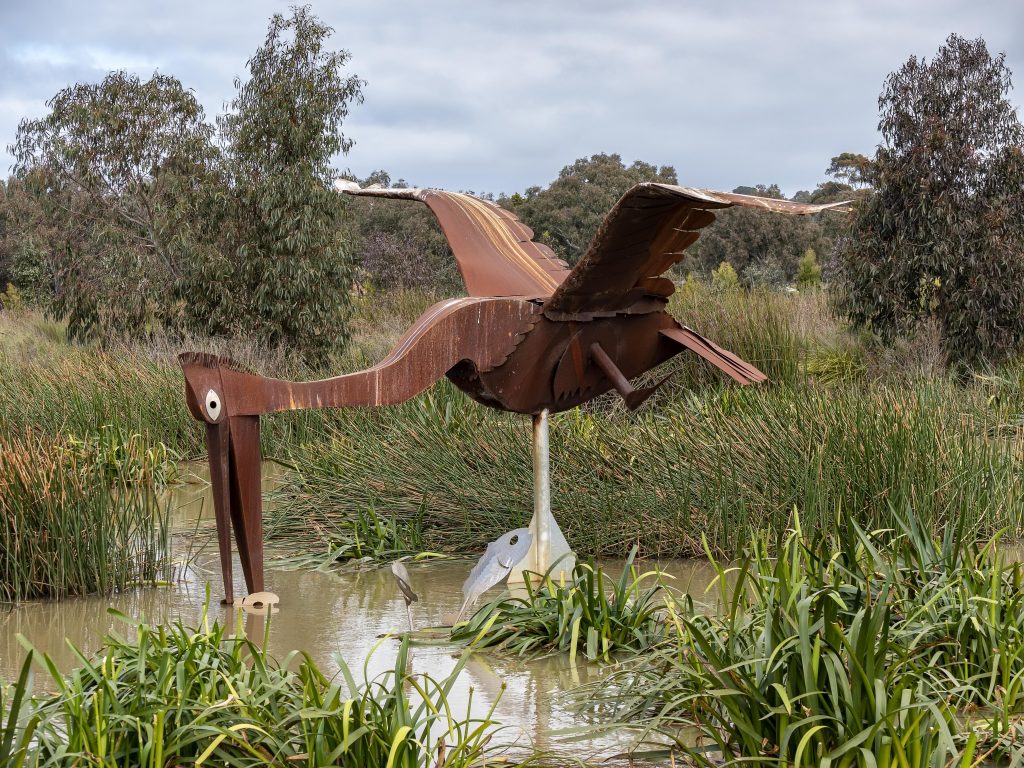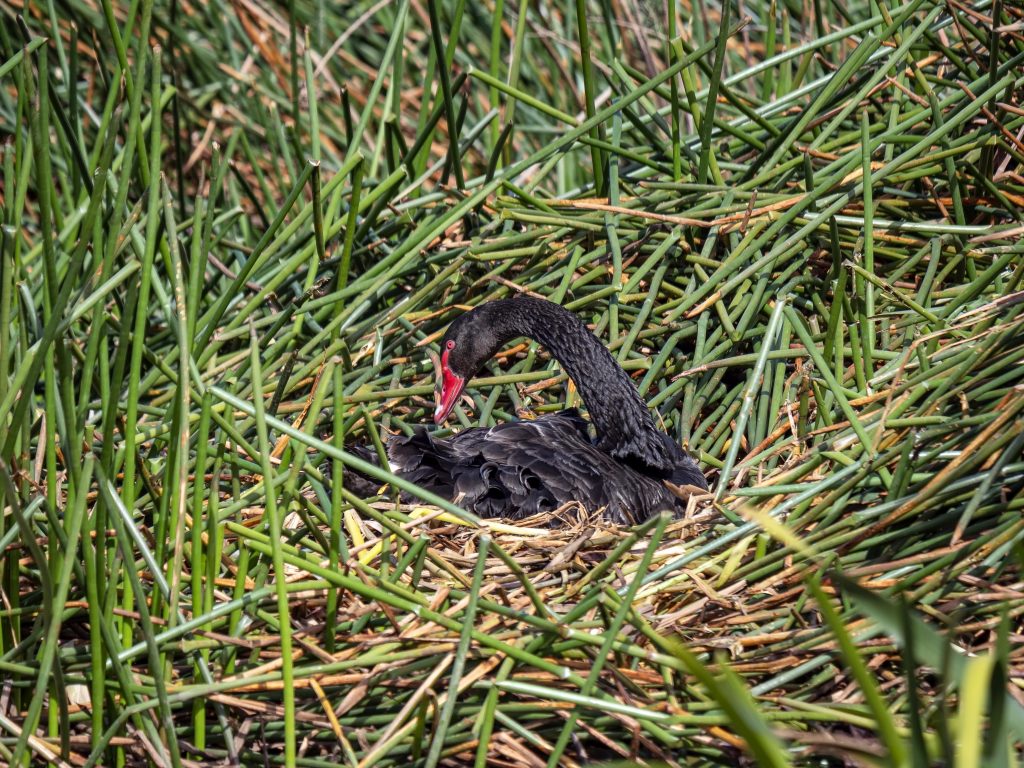Our Wetlands Crucial to Climate, Environment and Mental Health

Moving towards summer, Villawood’s urban wetlands are being revealed as even more important players than ever in the environment, protecting wildlife species, serving as important CO2 soaks and as cooling agents against climate change.
New residential wetlands enhance wildlife and the environment far over and above the initial water management and aesthetics they provide. Deakin University research has found that freshwater wetlands are crucial CO2 soaks, sequestering carbon at between 20 and 40 times the rate of forests. Ground-breaking Australian Ecosystems chief Brendan Condon has also stressed their bioversity, climate and mental health benefits, notably during the pandemic lockdown.
Our Armstrong Mount Duneed community at Geelong is one of our many wetlands examples. It features multiple wetlands, together with the rehabilitated Armstrong Creek, harbouring and supporting indigenous wildlife, notably the key environmental markers of frogs and birdlife.
More than 60 species of birds are found in the area. These include species such as fantail cuckoos, musk lorikeets, royal spoonbills, dotterels, sulphur-crested cockatoos, galahs, red-rumped parrots, nankeen kestrels, black-shouldered kites and red-browed finches – all critical players in our environment.

Wetlands also help in urban cooling, an increasingly important role as climate change sends temperatures north. They also provide a valuable public amenity for people to enjoy.
At Villawood’s Delaray community, in Melbourne’s Clyde North, a large constructed wetland has been designed to intercept, retain and treat large volumes of storm water from the estate and surrounding areas, and to filter out pollutants and improve water quality.
Scientists at Deakin University’s Blue Carbon Lab have found that Australia’s wetlands are thriving sites of carbon storage.
“Wetlands have a natural capacity to buffer communities against the adverse effects of climate change and can increase climate resilience,” Dr Paul Carnell, from the Blue Carbon Lab, recently reported. “While a lot is known about how trees suck up and store carbon, freshwater wetlands are actually capable of storing in their soils 30 to 40 times more carbon than forests. Freshwater wetlands contain almost a third of the terrestrial soil carbon pool, despite only occupying 8 per cent of the land surface.”
Working with Mr Condon, local zoologists, photographers and sculptor Folko Kooper, Villawood is driving local awareness of its wetlands across numerous projects from Mount Duneed and Clyde to South East Queensland. From Folko’s giant metal pelican sculptures and purpose-built nesting boxes to photo essays and online advice to residents – together with plantings, revegetation, waterway rehabilitation and wetlands creation – Villawood is striving for greater community-driven environmental sustainability.